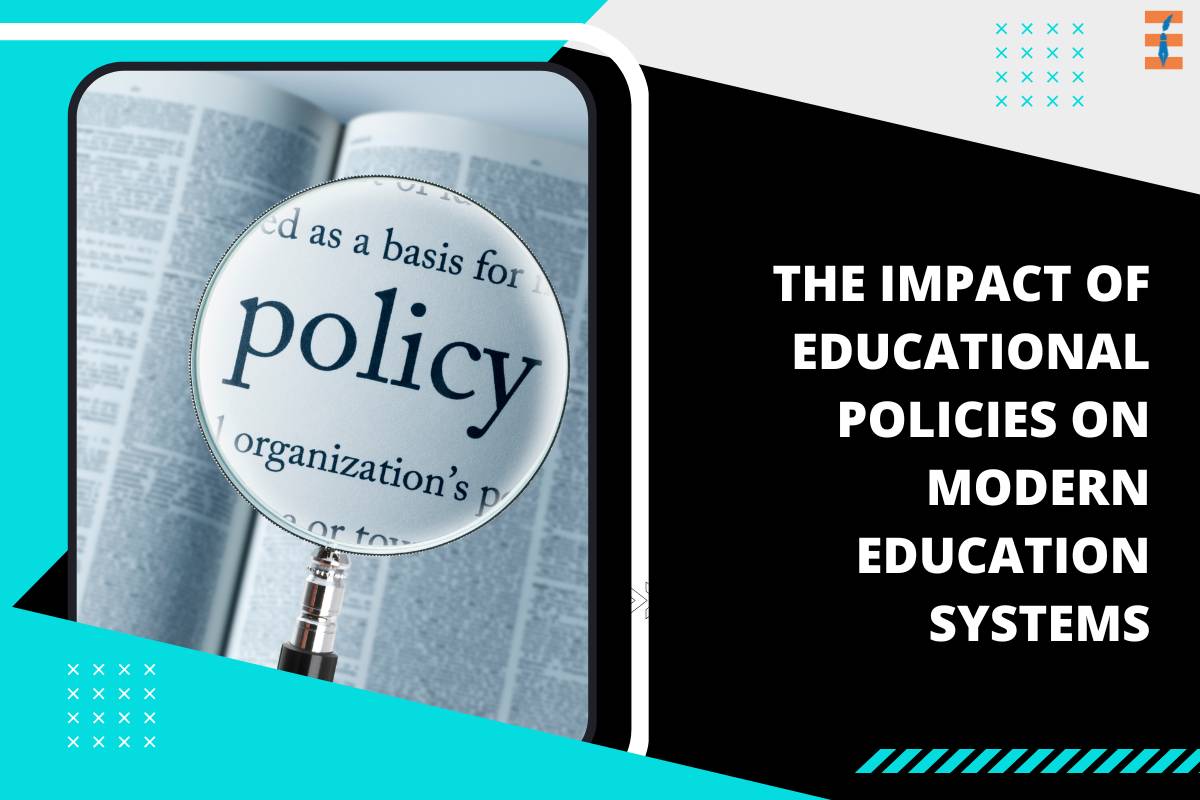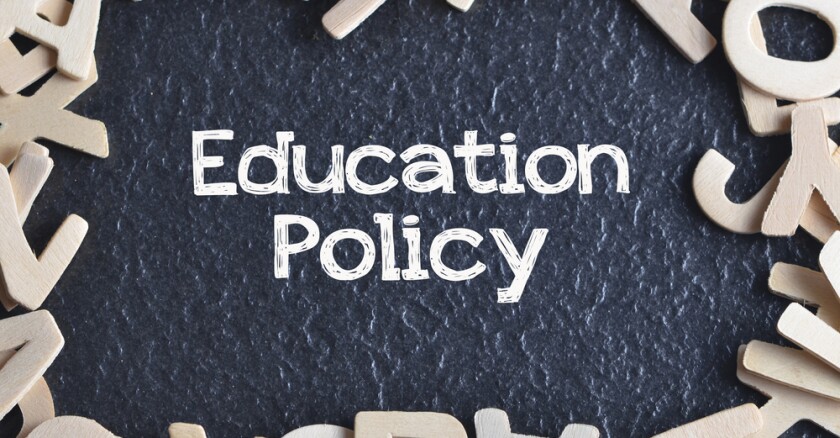Educational policies are the foundation upon which successful educational systems are built. They guide decisions on curriculum development, teaching strategies, resource allocation, student support, and more. In many ways, policies shape the direction of the entire education sector, determining how schools operate, how teachers teach, and how students learn.
As someone who believes in the power of education to transform lives, I’ve seen firsthand how the quality and effectiveness of educational policies can dramatically impact student success. Whether it’s promoting equity, improving access to quality resources, or ensuring that every child receives the attention they need to thrive, strong policies are at the heart of it all. In this article, we’ll explore the critical steps in developing robust educational policies and how these policies contribute to creating a nurturing and effective learning environment.
Key Elements of Robust Educational Policies

1. Inclusion and Equity
A core principle in any educational policy is ensuring that all students—regardless of background, socioeconomic status, or special needs—have access to high-quality education. Inclusion and equity should be central goals of any educational framework, as they help level the playing field for students from diverse backgrounds.
Examples of Equity-Focused Policies:
-
Access to special education services: Ensuring that students with disabilities have access to appropriate resources and support.
-
Free school meals for low-income students: Addressing the issue of hunger, which can hinder learning and academic success.
-
Language support programs: Offering additional language instruction for students who are non-native speakers.
2. Curriculum Development and Standards
A strong educational policy must provide clear guidelines for what students should learn, ensuring that the curriculum is aligned with both national standards and the specific needs of the community. This includes providing teachers with the tools, resources, and flexibility to teach in a way that meets the diverse needs of their students.
A well-designed curriculum should not only meet academic standards but also foster critical thinking, creativity, and life skills knowledge. It’s essential that policies prioritize the development of a holistic curriculum—one that balances academic learning with social-emotional development, mental health awareness, and the building of life skills.
Key Curriculum Elements:
-
STEM education (Science, Technology, Engineering, and Math): Policies encouraging a focus on STEM subjects are essential in preparing students for a modern, technology-driven world.
-
Life skills: Integrating subjects like financial literacy, emotional intelligence, and communication into the curriculum ensures students are prepared for life beyond school.
-
Global citizenship: Preparing students to understand global issues, different cultures, and their role in the world as informed and responsible citizens.
Strategies for Developing Effective Educational Policies
1. Collaboration with Stakeholders
Developing educational policies requires input from various stakeholders, including teachers, students, parents, school administrators, and policy makers.
Collaborative efforts also help identify potential challenges that may not be immediately obvious, allowing for more comprehensive and inclusive policies.
Collaborative Strategies:
-
Focus groups and surveys with teachers and students to gauge what’s working and what needs improvement.
-
Parent-teacher associations (PTAs) to gather insights and ideas from the families of students.
-
Regular meetings between policy makers and educators to ensure policies are reflective of real-world challenges and can be practically implemented.
By including these stakeholders, educational policies can be more effective and better tailored to the unique needs of each community.
2. Evidence-Based Decision Making
For educational policies to be effective, they must be data-driven and based on research and evidence. Policies should be evaluated regularly to assess their impact on student outcomes, and adjustments should be made as necessary to improve results.
This means using both qualitative and quantitative data to inform decision-making. For example, reviewing student performance data, attendance rates, dropout rates, and feedback from educators can provide valuable insights into areas where changes are needed.
3. Flexibility and Adaptability
No policy is perfect from the start, and it’s important that educational policies are flexible enough to evolve over time. Flexibility allows schools and teachers to adapt to changing circumstances—whether due to economic factors, technological advances, or unforeseen events such as the COVID-19 pandemic.
For example, during the pandemic, educational systems had to shift rapidly to online learning. Policies that prioritized the availability of technology and the training of teachers in digital teaching methods ensured that learning continued despite physical school closures.
Educational policies should be structured in a way that allows for continuous review and adaptation to new challenges and opportunities. This dynamic approach helps ensure the long-term success of education systems.
The Role of Technology in Educational Policy Development
1. Leveraging Technology for Learning and Administration
One of the most significant developments in education over the past decade has been the integration of technology into the classroom. Educational policies must ensure that technology is used effectively to enhance learning outcomes and streamline administrative processes.
Key Areas for Technological Integration:
-
Online learning platforms: Expanding access to education through digital platforms, especially in underserved areas.
-
Data analytics: Using data to monitor student progress, identify learning gaps, and personalize education.
-
Virtual classrooms: Providing remote learning options for students who cannot attend in-person classes.
Technology can help level the playing field for students worldwide, but it requires policies that emphasize training, accessibility, and sustainability.
Monitoring and Evaluating Policy Effectiveness
1. Accountability Measures and Success Metrics
Once educational policies are in place, it’s essential to regularly evaluate their effectiveness. This includes tracking metrics such as graduation rates, student engagement, teacher satisfaction, and overall academic achievement. Policies must include accountability measures to ensure that the goals set at the beginning are being achieved.
Regular assessments and evaluations help identify areas of improvement, enabling policy adjustments to be made in a timely manner.
Conclusion: Building a Strong Educational Future Through Robust Policies
Developing robust educational policies is essential for creating a successful and sustainable education system. These policies must focus on equity, inclusive curriculums, and the integration of technology, while being adaptable enough to address future challenges. Collaboration with all stakeholders and an evidence-based approach are key to ensuring that policies are effective and impactful.

